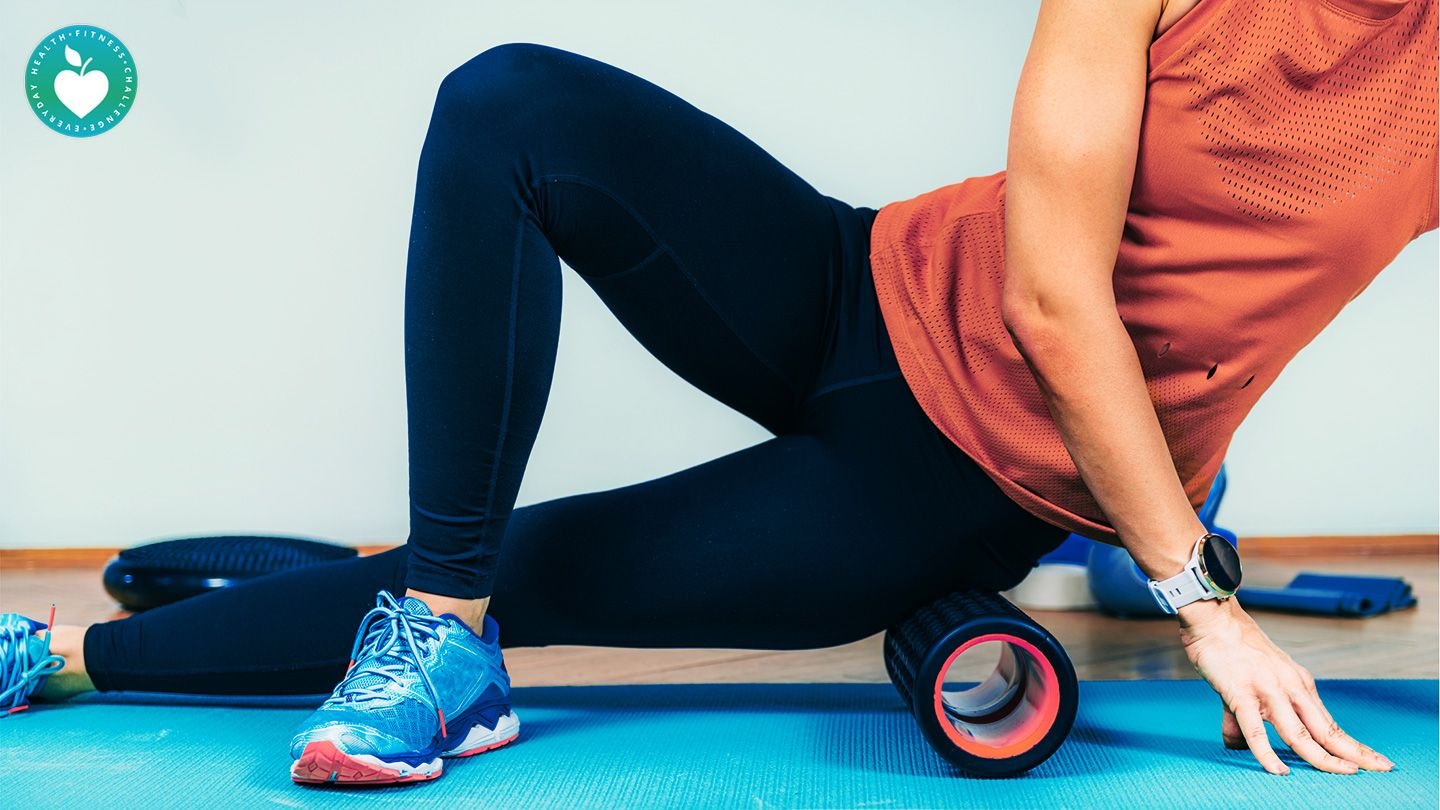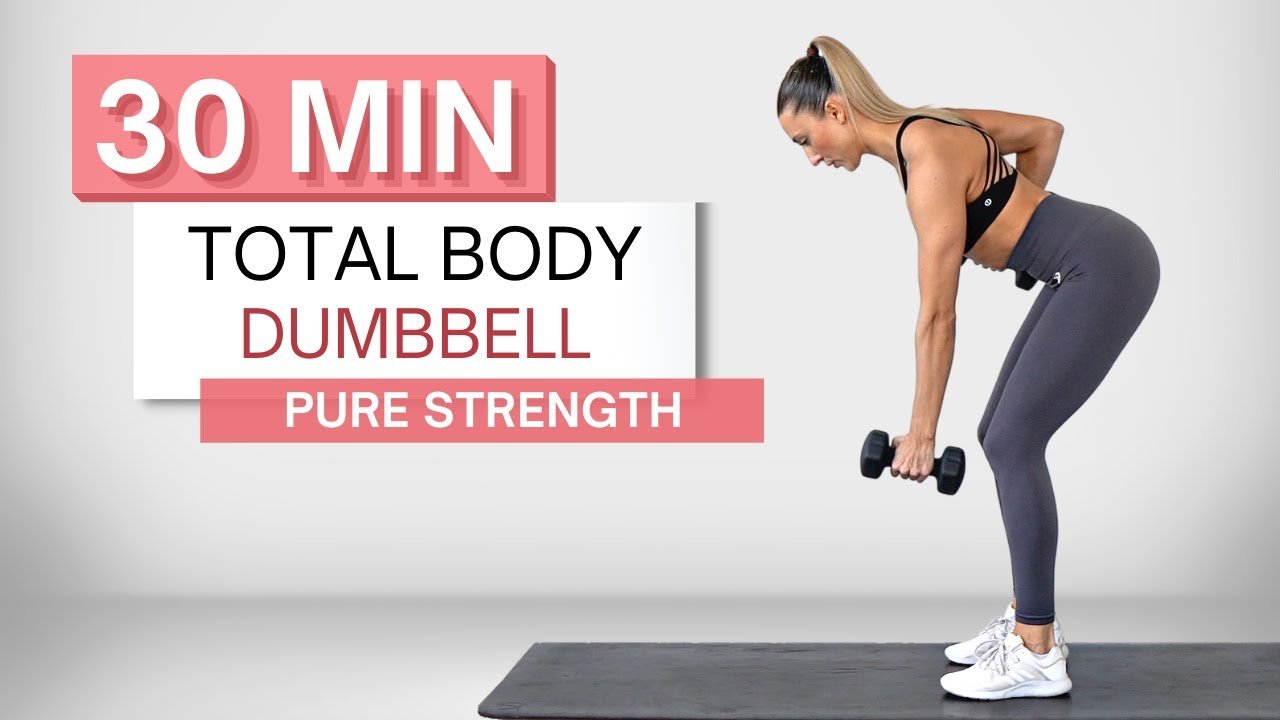To relieve sore muscles after a workout, try gentle stretching and apply ice or heat to the affected areas. Consider taking a warm bath and using over-the-counter anti-inflammatory medication as needed.
Experiencing sore muscles after an intense workout is both common and natural, signifying that your body is adapting and strengthening. This soreness, known medically as Delayed Onset Muscle Soreness (DOMS), typically occurs when you introduce a new exercise routine or level up your training intensity.
A well-rounded approach to alleviating this discomfort includes staying hydrated, ensuring you get adequate post-workout nutrition, and engaging in restorative activities like yoga or foam rolling. Incorporating these strategies not only helps hasten recovery but also prepares your body for future workouts. Remember, patience and consistent care are key to effectively managing muscle soreness and maintaining a healthy exercise regimen.
Common Causes Of Muscle Soreness Post-workout
Understanding why muscles feel sore after a workout is key to managing discomfort. Sore muscles can be a sign of progress. Yet, they can also hinder everyday activities.
Identifying Muscle Soreness
Typically, sore muscles post-workout present as a dull, aching pain. They are sensitive to touch. Movements may be limited. This pain peaks around 24 to 72 hours after exercise. This is known as Delayed Onset Muscle Soreness (DOMS).
Factors Contributing To Discomfort
The main contributors to post-workout soreness include:
- Unfamiliar activities: New exercises can surprise muscles.
- Intensity: Increasing workout intensity may strain muscles.
- Duration: Longer workouts challenge muscular endurance.
- Eccentric movements: Actions like lowering weights cause more soreness.
Other factors, such as hydration and nutrition, also play a role. Appropriate warm-ups and cool-downs can decrease soreness risk.
| Factor | Description | Impact |
|---|---|---|
| Intensity | Level of exertion during workout | High |
| Duration | Length of workout | Medium |
| Eccentric Movements | Muscle-lengthening activities | High |

Credit: sportsforall.com.sa
Immediate Steps For Alleviating Muscle Pain
After a solid workout, muscle pain can follow. Quick actions can lessen this discomfort. This post guides you through swift and effective steps to ease muscle soreness. Let’s help your body recover swiftly with proven techniques.
Cold Therapy Basics
Applying cold to sore muscles is a well-known first response. Known as cryotherapy, it offers immediate muscle estate. Cold therapy reduces blood flow, which in turn reduces inflammation and swelling.
- Ice packs are the go-to solution post-workout.
- Wrap the ice in a cloth to protect your skin.
- Apply the ice pack for 15-20 minutes every few hours for the first 48 hours.
The Role Of Stretching
Stretching after a workout can feel calming. It helps in maintaining flexibility. Gently stretching helps to reduce muscle tension and enhance blood circulation.
- Begin with light stretches targeting all muscle groups.
- Hold each stretch for about 30 seconds; do not bounce.
- Avoid pain during stretching. Comfort is key.
Combine these immediate steps for a quicker muscle recovery. Listen to your body and take time to cool down properly for the best results. Stay tuned for more tips on how to keep your muscles in top shape post-workout!
Nutritional Support For Muscle Recovery
Pushing your body to its limits can lead to sore muscles. Good nutrition is key to muscle recovery. It helps repair tissue, reduce soreness, and replenish energy. This section will guide you through the essentials to support your muscles with the right nutrients after a rigorous workout.
Hydration Essentials
Water fuels muscle recovery. It transports nutrients to muscles and removes waste. Aim for at least a half-gallon of water throughout the day. Increase intake on workout days.
- Start with 16-20 ounces post-workout
- Add electrolytes for intense sessions
- Avoid diuretics like caffeine and alcohol
Recovery Foods And Supplements
Eating right speeds up recovery. Focus on proteins, carbohydrates, and certain fats.
| Nutrient | Food Source | Effect on Muscles |
|---|---|---|
| Protein | Chicken, fish, tofu | Repairs muscle fibers |
| Carbohydrates | Sweet potatoes, oats | Replenishes energy stores |
| Fats | Avocado, nuts | Reduces inflammation |
Consider supplements like BCAAs and Omega-3s. They support muscle repair and reduce soreness. Always choose high-quality products.
- Consume a protein-rich meal within 45 minutes post-workout.
- Include a quality Omega-3 supplement in your diet.
- Consider BCAAs for muscle repair support.
The Benefits Of Active Recovery
Active recovery plays a key role in healing sore muscles after intense workouts. Instead of complete rest, engaging in gentle movements can enhance blood flow. This helps to clear out lactic acid that builds up during exercise. A proper active recovery strategy can speed up the healing process and improve overall fitness.
Low-impact Activities For Healing
Choosing the right activities is essential for an effective active recovery. These low-impact exercises reduce stress on the muscles while promoting mobility:
- Walking: A brisk walk increases circulation.
- Swimming: Water provides resistance without strain.
- Yoga: It stretches and strengthens muscles gently.
- Cycling: A leisurely bike ride aids leg recovery.
Timing Your Recovery Workouts
Integrating recovery workouts at the right time maximizes their benefits:
- Post-workout: A 20-min gentle cooldown eases muscle tension.
- Next day: A light session helps maintain flexibility.
- Weekly routine: Include 1-2 days of low-impact activities to prevent overtraining.
Long-term Strategies To Prevent Soreness
Building habits to ward off muscle soreness takes a proactive approach. These habits help muscles recover and prepare for future workouts. Let’s explore two long-term strategies.
Training Techniques to Reduce InjuryTraining Techniques To Reduce Injury
Training correctly is critical in reducing muscle soreness. Certain techniques can minimize the risk of injury. Follow these tips consistently:
- Warm up before intense activity.
- Use correct form during exercises.
- Gradually increase workout intensity.
- Focus on strength and flexibility.
Adopting these methods helps maintain your muscles. They become less prone to damage.
Implementing Rest Days EffectivelyImplementing Rest Days Effectively
Rest is vital for muscle recovery. A rest day lets your muscles repair. Use your days off to focus on:
- Muscle relaxation techniques like stretching or yoga.
- Getting adequate sleep to aid in recovery.
Planned rest ensures your muscles bounce back stronger. Commit to set rest days in your training schedule.

Credit: www.healthxchange.sg
When To Seek Professional Help
Feeling sore after a workout can be a sign of a good gym session. But sometimes, pain indicates something serious. Pushing through intense discomfort is not wise. It can worsen injuries. Recognizing when professional help is necessary is crucial for your health.
Understanding The Signs Of Serious Injury
Some muscle soreness is normal. Yet, specific symptoms may signal a serious issue. You should stay alert for:
- Sharp, constant pain disrupting daily activities
- Swelling in the affected muscles
- Weakness or inability to bear weight
- Pain that persists for more than a few days
- Loss of motion or flexibility in a joint
- Numbness or tingling, indicating nerve involvement
Contact a medical professional if these symptoms appear. Timely intervention prevents further damage.
Options For Professional Therapy
Various therapy options are available if an injury needs professional care. Consider the following:
| Therapy Type | Description | Benefits |
|---|---|---|
| Physical Therapy | Custom exercises and treatments | Improves mobility and strength |
| Sports Medicine | Focuses on sports-related injuries | Specialized care for athletes |
| Osteopathy | Body’s musculoskeletal framework treatment | Encourages holistic recovery |
| Massage Therapy | Hands-on muscle manipulation | Reduces tension and promotes healing |
| Chiropractic Care | Spinal alignment correction | Addresses musculoskeletal imbalances |
Seek expert advice to choose the right therapy. This ensures a safe and effective recovery.

Credit: www.everydayhealth.com
Frequently Asked Questions For How To Relieve Sore Muscles After A Workout
Is It Ok To Workout When Muscles Are Sore?
Yes, it’s generally okay to work out with sore muscles. Light activity can aid recovery, but avoid intense exercise on the affected muscle groups until soreness subsides. Always listen to your body and rest if pain is severe.
How Long Do Sore Muscles Last?
Sore muscles typically last between 24 to 72 hours. Severity and duration depend on workout intensity and individual recovery rates. Adequate rest, hydration, and proper nutrition can help alleviate muscle soreness faster.
What Helps To Reduce Muscle Soreness After Exercise?
To reduce muscle soreness after exercise, try these methods: engage in cool-down stretches, apply ice to affected areas, take a warm bath, and ensure proper hydration and nutrition. Gentle massage or the use of foam rollers can also help alleviate discomfort.
Should I Stretch Sore Muscles?
Gentle stretching of sore muscles can aid recovery. Listen to your body and avoid intense stretching, which may cause further injury. Always warm up first and stretch within comfort limits. If pain persists, consider consulting a healthcare professional for advice.
Conclusion
Easing muscle pain is essential for recovery and future workouts. Implement these steps to relieve soreness and enhance muscle healing. Remember, consistency is key to reducing discomfort. Keep active, stay hydrated, and don’t skip your post-workout stretch. Your body will thank you as you continue to push towards your fitness goals, pain-free.



